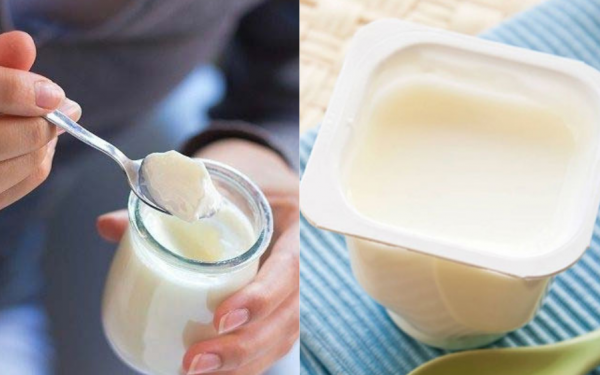A vegetable as nutritious as bird's nest that few people know about

A Vegetable as Nutritious as Bird's Nest, with 4 Times the Calcium of Milk
Moringa leaves have gained significant attention due to their abundance of nutrients that benefit health. This vegetable,...
Pears Are Nutritious But Can Be Harmful If Not Eaten Correctly

Pears Are Nutritious But Can Be Harmful If Not Eaten Correctly
Pears are a delicious fruit, rich in vitamin C, fiber, and various beneficial minerals for health. However, if not eaten properly, pears...
5 favorite foods that appear in daily meals contain toxic chemicals like cigarettes

They are widely used by humans for recreational purposes as a stimulant and anxiolytic. Nicotine indirectly releases dopamine in the pleasure and activity areas of the brain.
Nicotine is the powerf...
What Does It Mean to Dream of Missing a Step While Sleeping?

What Does It Mean to Dream of Missing a Step While Sleeping?Decoding the Feeling of Falling in Sleep That Puzzles Many
The sensation of missing a step or free-falling while sleeping is a phenomenon e...
Can you eat rice left in an electric rice cooker overnight?

Can You Eat Rice Left in an Electric Rice Cooker Overnight? Many Are Surprised by the Answer
Is it safe to eat rice left in an electric rice cooker overnight?
According to experts, this situation ca...
Doctors reveal signs on the fingers that indicate a risk of 'lung cancer'

Pale skin on the feet, the appearance of lumps, pain, or "clubbing" of the fingers could be signs of lung cancer.
According to data from the World Health Organization (WHO), cancer is the second le...
Should you eat plant protein or animal protein?

The Nutritional Value of Plant Protein and Animal Protein
Protein is a fundamental component of all living organisms. It is involved in the structure of every cell and is the main building block of o...
A part of corn that is often thrown away, unexpectedly 'as good as ginseng'

Corn silk, which is often discarded when processing corn, is considered a rare medicinal herb, even comparable to ginseng in nutritional value. Known as jade rice, corn silk is often used in traditi...
Check out the wonders of sweet potatoes!

Cold weather doesn't make you sick, but it can increase your risk of getting sick. This explains why illnesses like colds and flu are more common in the winter months.
In winter, with less exposure...
Foods that should never be eaten with yogurt that can cause c:an:cer

Answer: During daily meals, avoid eating yogurt at the same time as greasy foods such as sausages, hot dogs, and smoked meats because they contain nitrosamine. This substance combined with yogurt ca...
Loyal Friend Never Leaves Side of Dog Battling Leukemia

In a heartwarming tale of loyalty and companionship, two dogs have captured the hearts of many. One of these furry friends is battling a serious illness, and the other, displaying unwavering loyalty,...
Caring for a Dog with Anemia: Compassion and Hope from Humans

In the journey of life, every creature faces challenges and hardships. And in the endearing tale of this dog, an illness has presented a formidable challenge: anemia. Yet, under the gentle care of lov...
Abused Dog, Rex, Has The Pawfect Siblings To Help Him Overcome Anxiety

A couple of months ago, a Reddit user posted a heartwarming video of his two dogs comforting their anxious dog sibling.
The clip captures a small Shih Tzu dog named Huxley and a white, deaf dog name...
Injured Pup Lying Motionless By The Street Was Overjoyed To See Somebody Finally Stop To Help

When two rescuers were on their way home after a long day, they noticed a dirty, white clump lying on the side of the road.
They immediately stopped in their tracks and took a closer look. The two re...
Overcoming Adversity: Dog Struggles with Spinal Necrosis, Defies Odds to Embrace Daily Life"

In a poignant tale of resilience and determination, a dog faces the daunting challenge of spinal necrosis, a condition that poses immense obstacles to everyday living. Despite the odds stacked against...
Inhumane Punishment: Dog Punished with Nose and Mouth Cut for Stealing Meat

In a shocking and heartbreaking incident, a dog faced unimaginable cruelty after being caught stealing a piece of meat from a butcher's shop. The dog, known affectionately as Buddy, suffered a barbari...
















